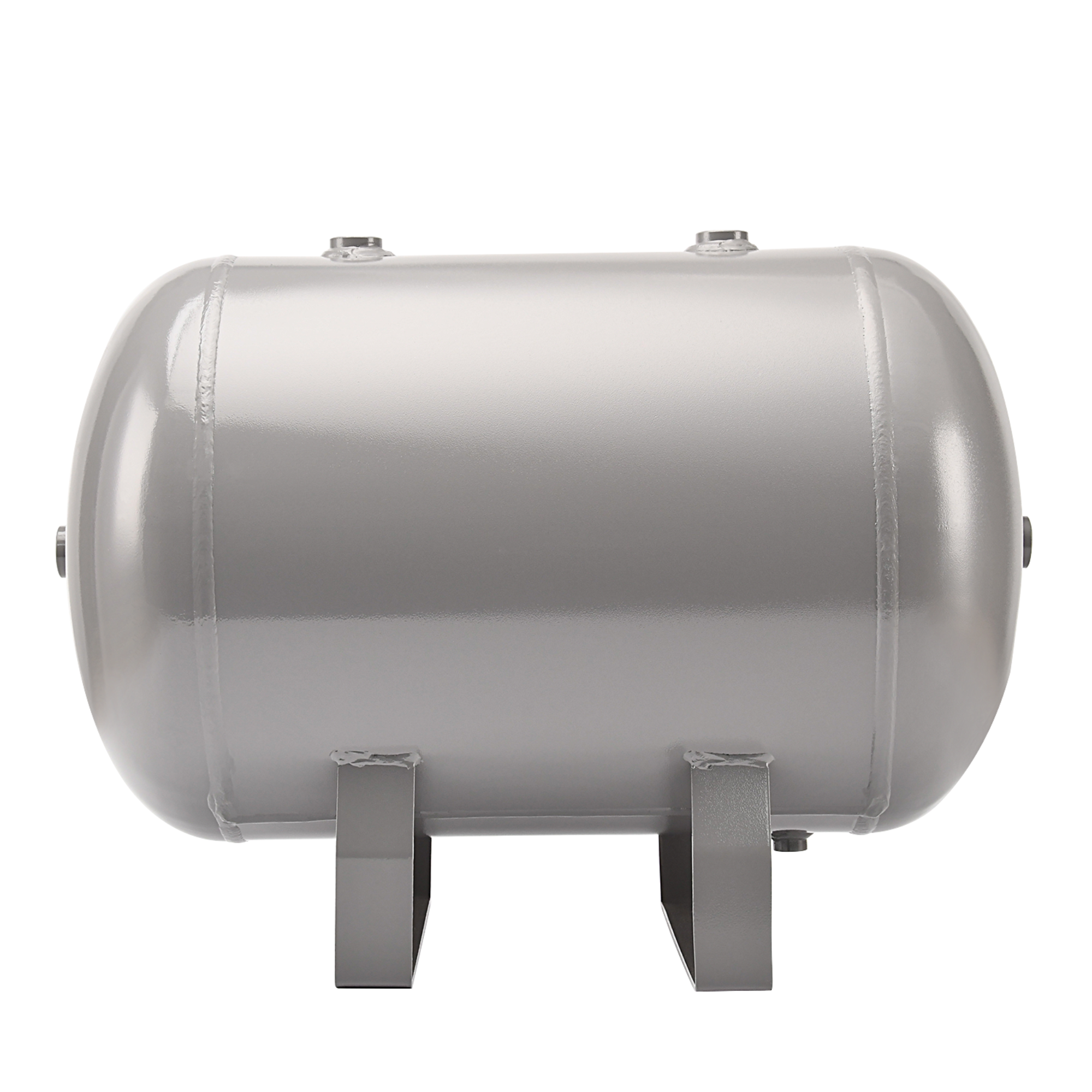Storage tanks are indispensable for countless industries, providing the infrastructure that manages and stores these - be it liquids (water, oil), gases or solid materials. The primary types are aboveground tanks, underground tanks and atmospheric tank each with unique features that come along.
Aboveground Tanks: Aboveground tanks are highly visible structures and often used in fields like industrial environments where they need to be easily monitored or accessed. These tanks are engineered to withstand different types of weather, and can be made from robust steel or strong fiberglass.
Underground Tanks - Underground tanks, in contrast to overhead ones, are hidden under the surface of earth, making them as a visual non-intrusive. This type of water tank offer protection against a range of weather conditions and low vandalism, making this choice in certain areas.
What are Atmospheric Tanks: These tanks work on the pressure rating that is close to how air and other gases vapor lets then it has a tendency of not getting volatilize so these tank reinforced containment otherwise volatile liquids in liquid form can sustain at ambient temperatures, they serve an important function for keeping water or fuel. These tanks have many purposes across different industries as they are unique in the design and performance.
Choosing the right storage tank is an important decision that depends on numerous factors, including what you are storing, site-specific conditions, regulatory mandates and cost constraints. For example, oil refineries may prefer aboveground tanks due to their large volumes of product and inspection requirements, whereas in residential areas, underground tanks are often more popular for aesthetic reasons as well as to conserve space.
Each of these tank types offer a wide range of design options from which to meet every kind requirement. These tanks can be single- or double-walled, vertical and horizontal; some offer extra functionalities like floating roofs to prevent evaporation. Underground tanks are also equipped with leak detection and corrosion protection equipment, which demonstrates a high level of technology in these storage facilities.
This is particularly important when working with hazardous materials and we must adhere to federal regulations such as those put in place by OSHA, EPA. Underground tanks, on the other hand will require leak detection features to detect leaks before they reach the environment.
There are some tanks made by the manufacturers with ecologically sound features. While solar panels can be added to aboveground tanks for energy efficiency, green roofing materials such as grass or other plant life can also cover some of our underground styles in an effort to seamlessly blend the tank with your environment. Rainwater harvesting systemsTC-1000STC and HRS Kiwa for that purpose water from can be used to support the conservation of atmospheric tanks.
ConclusionStorage tanks show the creativity in meeting all types of storage problems or needs by humans. Knowing the differences between aboveground, underground and atmospheric tanks - along with taking into account considerations like individual need, safety mandates, design flexibility and environmental footprint - can help organizations make thoughtful choices to improve operation sustainability. Opting for the right storage tank is more than a sound decision in practice; It is an intelligent investment on efficiency, safety and sustainability.




